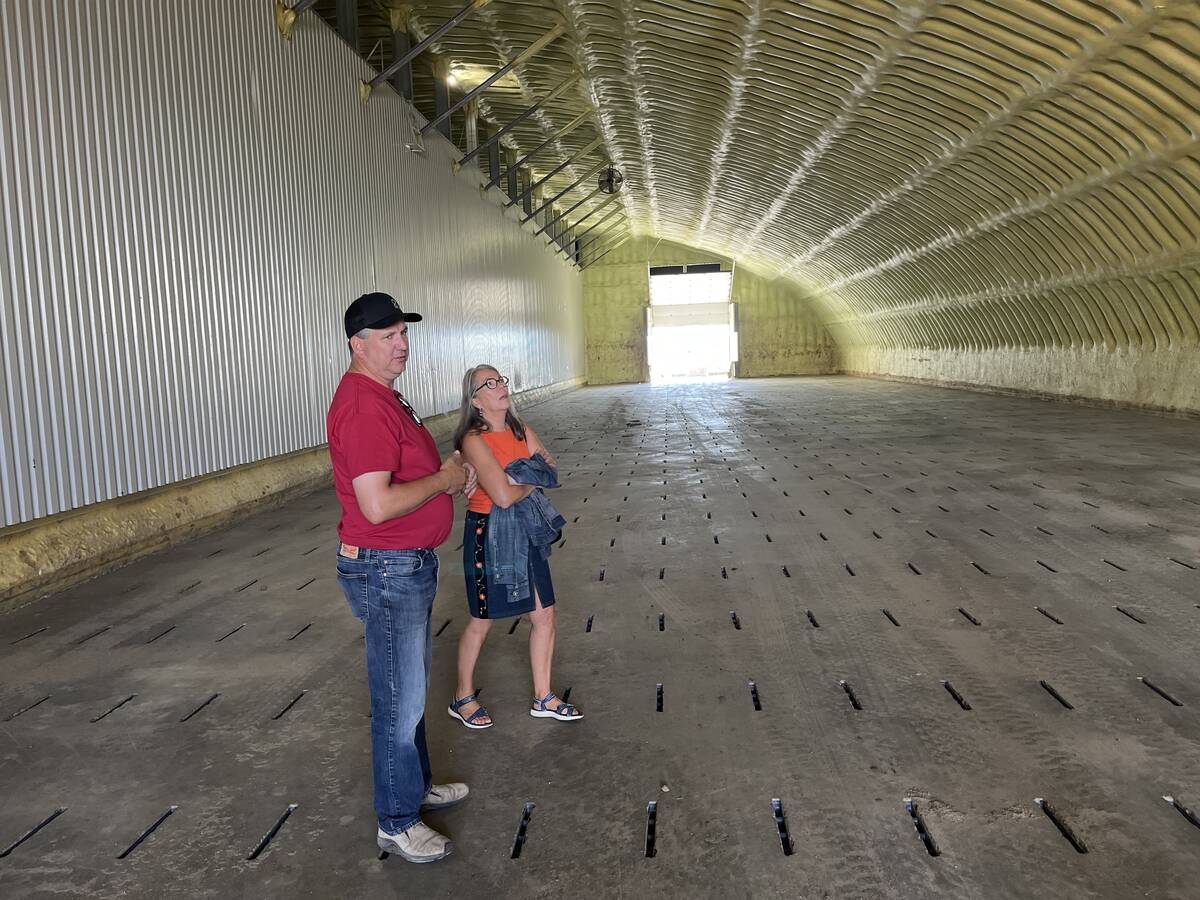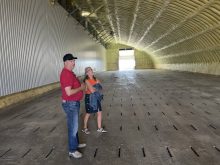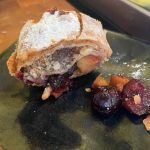Receiving a honey extractor for a Christmas present changed Colette Stushnoff’s life.
“It was fate,” she said after winning four grand championships and the premier exhibitor award in the Canadian Western Agribition honey show Nov. 23 in Regina.
A neighbour gave Stushnoff and her husband, Richard, the extractor and they immediately thought of it as a way to move back to Stushnoff’s farm near Qu’Appelle, Sask. At the time, they were working in extension at the University of Saskatchewan.
“We thought, ‘this is something we could do to make a living on a small farm,’ ” she said. “Without even having seen a honeybee, we bought two colonies.”
Read Also

Potato farm requires year-round management
The most recent Open Farm Day in Alberta showcased agricultural producers across the province educating the general public about the process that is required is to get food to their table.
That was in 1997.
The Stushnoffs gradually built their business until they had about 300 colonies. Today, about 250 colonies at Fort Trail Apiaries produce, on average, 75,000 pounds of honey each year.
She said this is a comfortable size of business for two people, along with some summer help. Honey is collected about every two weeks beginning in July and continues for a couple of months.
Stushnoff said a good, long canola bloom is helpful, as is an alfalfa field within a four-kilometre radius of the hives. Bees also like ditch clover.
“Canola is very attractive to bees because the nectar is visible,” she said.
What honey producers really want is a variety of flowering times so bees can take advantage of blooms within a six-kilometre radius.
The Stushnoffs sell bulk honey in 45-gallon drums through a honey broker. They also sell honey at a farmers’ market and at craft shows.
Stushnoff said it’s not expensive to get into the beekeeping business.
“You can buy a nucleus colony in spring that will make enough honey to pay for itself (that year).”
Capital expenses include an extractor and boxes.
Stushnoff recommended that newcomers to the business find mentors. Learning how to keep bees is more of an apprenticeship, she added, and knowledgeable management is key.
“You can’t learn this from books that easily,” she said.
It’s also important to have the right genetics. In Saskatchewan, wintering ability, the ability to quickly build up a hive and disease resistance are all important.
“You can breed your bees and raise your own queens and pick from your best colonies,” Stushnoff said.
Tim Wendell, president of the Saskatchewan Beekeepers Association, said the province’s producers market about 17 million lb. of honey a year of the 60 to 70 million lb. produced in Canada.
He said the industry is small and consumers don’t realize that between 30 and 50 percent of the food on their plates is a result of the work done by honeybees.
“Honey is the byproduct.”
He said producers are experiencing low prices because of dumping of inferior quality honey into Canada from China.
A five-year battle with the Canadian Food Inspection Agency to change the grade labelling must be resolved, he added. Beekeepers don’t want containers to say “Canada No. 1” because that doesn’t mean it is from Canada.
“There’s very little Canadian honey on the shelves these days,” he said.

















